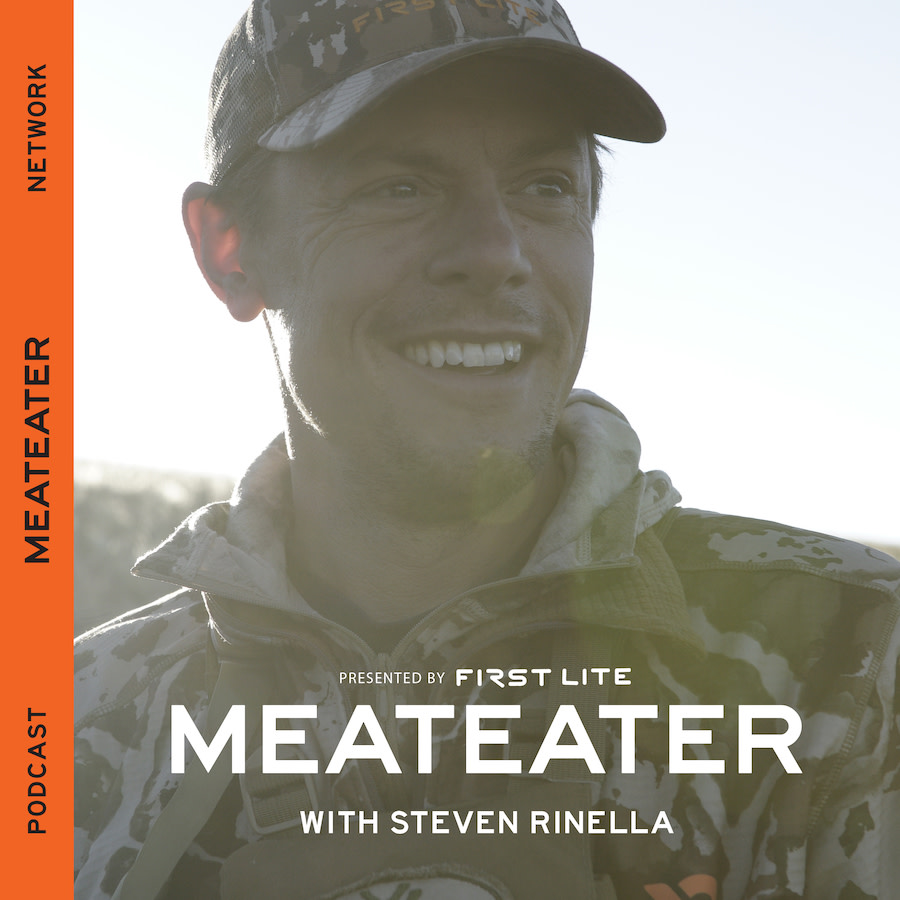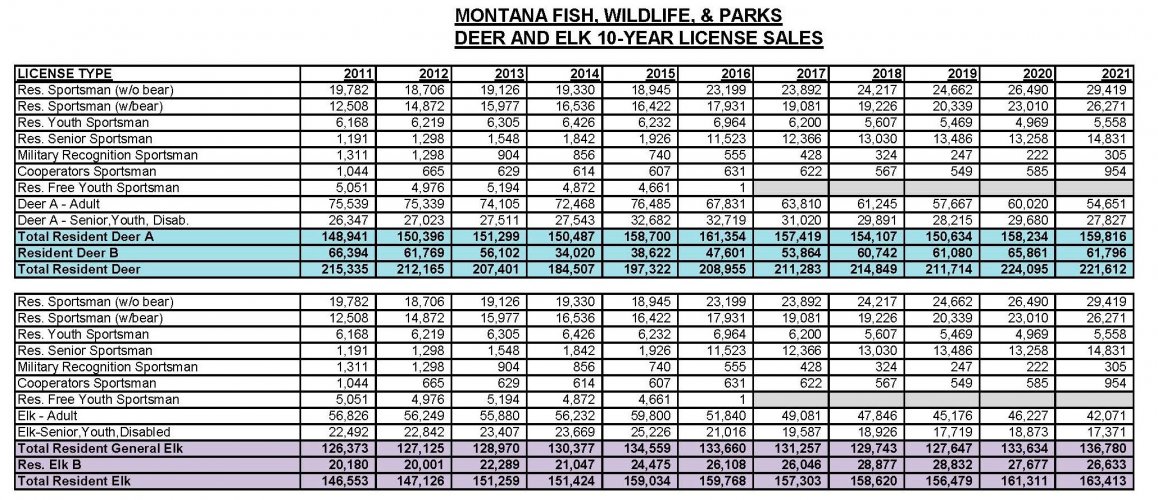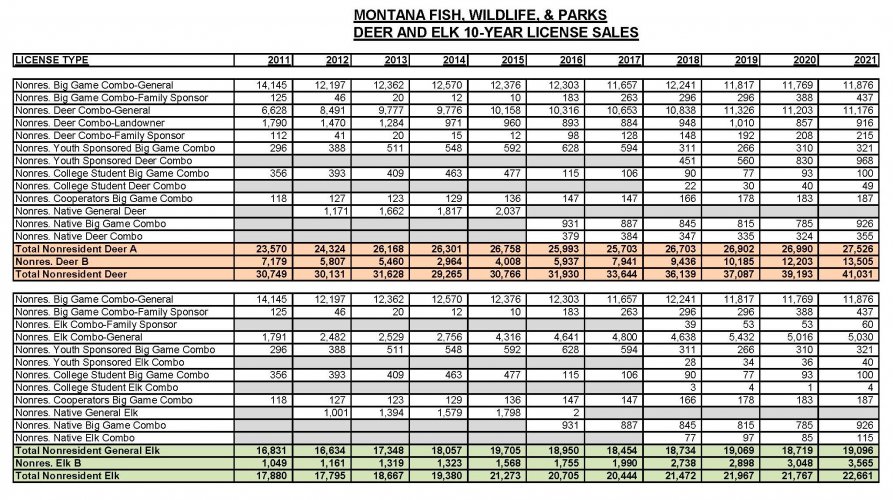RobertD
Well-known member
Wrong thread friendHello, I am new to the forum. My dad is a Midwest whitetail hunter. His dream hunt has always been mule deer. So I have a few points bought for him and I am looking at unit 705 in eastern Montana. I have focused on this part of the state because I have heard there are decent numbers of deer, decent public access, and the terrain is a little easier to navigate. That last One is of particular concern for my aging father. Anyone have experience in this unit? It doesn’t need to be a record book buck, heck any mule deer is like to look like a giant compared to the white tails we are used to hunting.









